China’s rich history is intricately woven with its grand palaces, which are not just architectural marvels but also symbols of imperial power and cultural heritage. These palaces, steeped in tradition, offer a glimpse into the lives of emperors and the civilizations they ruled. This article delves into the history, architectural features, and cultural significance of Chinese palace, highlighting some of the most famous examples and their impact on modern-day China. Whether you’re a history enthusiast or simply curious about Chinese culture, this journey through the majestic Chinese palaces will captivate your imagination.
Background of Chinese Palaces
Chinese palaces have been the epicenters of power and culture for thousands of years, dating back to the earliest dynasties. These structures served not only as royal residences but also as the administrative and ceremonial hubs of the empire.
The Early Dynasties
The tradition of constructing grand palaces began as early as the Zhou Dynasty (1046–256 BC). Rulers during this period sought to establish their divine right to govern through impressive architecture. The concept of “Feng Shui” was crucial in palace design, ensuring that these structures harmonized with the natural environment.
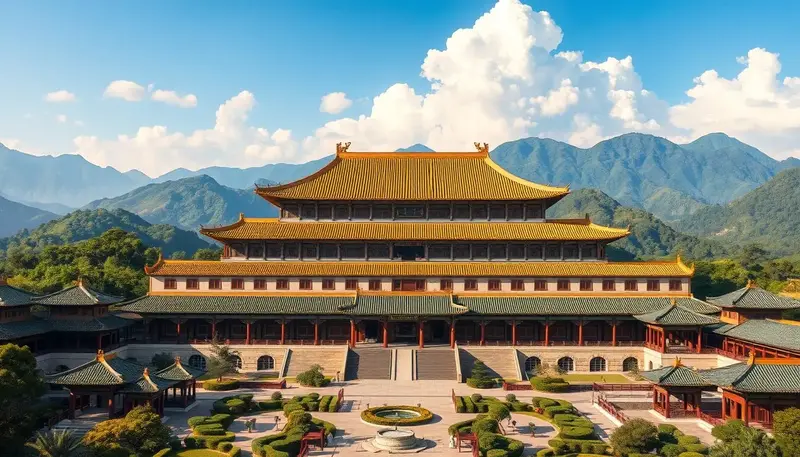
Imperial China’s Golden Age
The Han Dynasty (206 BC–220 AD) marked a significant development in palace architecture, with the construction of the Weiyang Palace in Chang’an, one of the largest palatial complexes in history. The Tang Dynasty (618–907 AD) further elevated the grandeur of Chinese palaces. The Daming Palace, for instance, served as the political and cultural heart of China during this period. Explore The Beauty of Beijing Garden.
The Ming and Qing Dynasties
The Ming (1368–1644) and Qing (1644–1912) dynasties are perhaps the most renowned for their palaces, particularly the Forbidden City in Beijing. In 1420, builders completed this sprawling complex, which served as the imperial palace for 24 emperors. It epitomizes Chinese palace architecture, symbolizing the emperor’s absolute power and authority.
Architectural Features of Chinese Palace
Chinese palaces are not only remarkable for their size but also for their unique architectural elements that embody Chinese culture and philosophy.
Design Principles
The layout of Chinese palaces follows strict hierarchical principles, with the main halls aligned along a central axis. This alignment symbolizes order and harmony. The use of symmetry is a hallmark of Chinese palace architecture, reflecting the balance between heaven and earth.
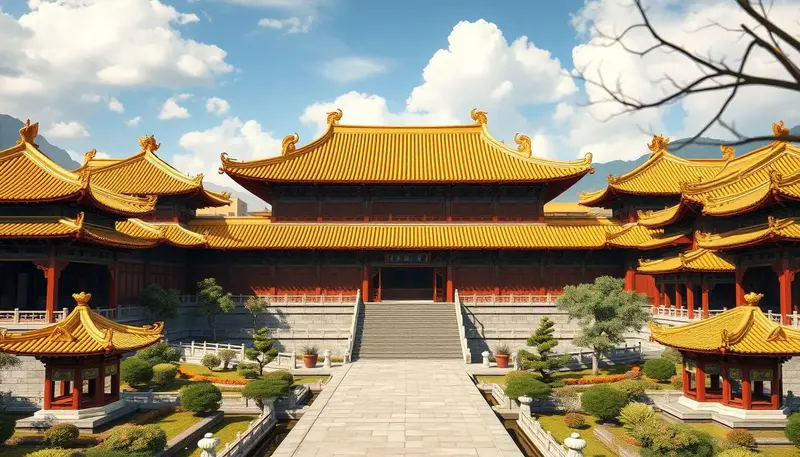
Materials and Construction
Wood was the primary material used in the construction of Chinese palaces. Timber frames allowed for the creation of expansive spaces and intricate roof designs. Builders often adorned roofs with glazed tiles, typically yellow, to symbolize the emperor’s exclusive right to rule. Architects upturned the eaves of the roofs, a distinctive feature that adds elegance to the palace’s silhouette. Explore Albania’s Stone Castles.
Cultural Symbolism
Every element of a Chinese palace is imbued with cultural symbolism. For example, the number of animals on the roof ridges indicated the building’s importance. The Hall of Supreme Harmony in the Forbidden City, for instance, boasts ten mythical creatures, the maximum allowed. The color scheme, use of dragon motifs, and incorporation of water and gardens all reflect deep-rooted cultural beliefs and the connection between the emperor and the divine.
Famous Chinese Palace
China is home to several world-renowned palaces, each with its own unique history and significance.
The Forbidden City
Located in the heart of Beijing, the Forbidden City is the most famous of all Chinese palaces. Covering 180 acres, it consists of nearly 1,000 buildings, including ceremonial halls, living quarters, and gardens. The palace served as the imperial residence for nearly 500 years and is now a UNESCO World Heritage Site, attracting millions of visitors annually.
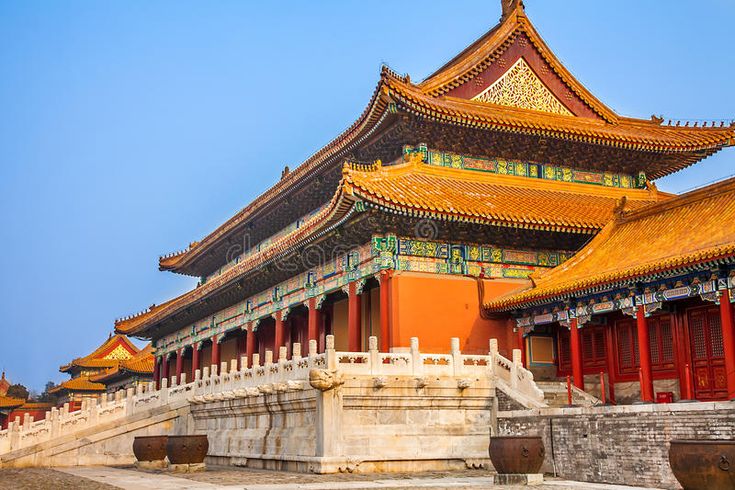
The Summer Palace
The Summer Palace, also in Beijing, was an imperial retreat and is considered the pinnacle of traditional Chinese gardening. Spanning over 700 acres, it features the magnificent Kunming Lake and the Longevity Hill, dotted with pavilions, bridges, and temples. The Summer Palace reflects the opulence of the Qing Dynasty and is celebrated for its harmonious blend of natural beauty and man-made structures. Explore the Beauty of Statue of Liberty.
The Potala Palace
Situated in Lhasa, Tibet, the Potala Palace is a symbol of Tibetan Buddhism and was the winter residence of the Dalai Lama. With its towering white and red buildings, the palace is a masterpiece of Tibetan architecture and offers breathtaking views of the surrounding mountains. The Potala Palace is also a UNESCO World Heritage Site and continues to be a place of pilgrimage and spiritual significance.
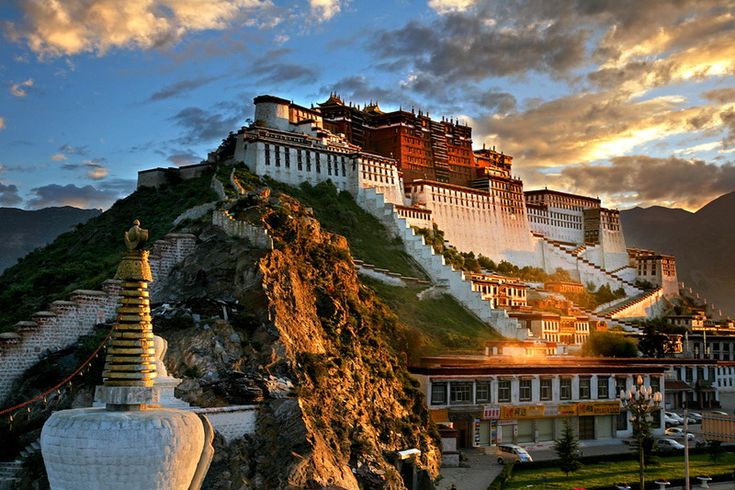
Cultural and Historical Impact
Chinese palaces have played a pivotal role in shaping the country’s culture, governance, and art.
Centers of Power
As the residences of emperors, Chinese palaces were the epicenters of political power. They housed the imperial court, where crucial decisions affecting the empire were made. The design and scale of these palaces reinforced the emperor’s authority and the hierarchical structure of Chinese society.
Influence on Art and Religion
The palaces also served as cultural hubs, where art, literature, and religious practices flourished. The architecture of the palaces, with their intricate carvings, paintings, and sculptures, influenced Chinese art for centuries. Additionally, the layout and symbolism of the palaces were closely tied to Confucian and Taoist principles, reflecting the religious beliefs of the time.
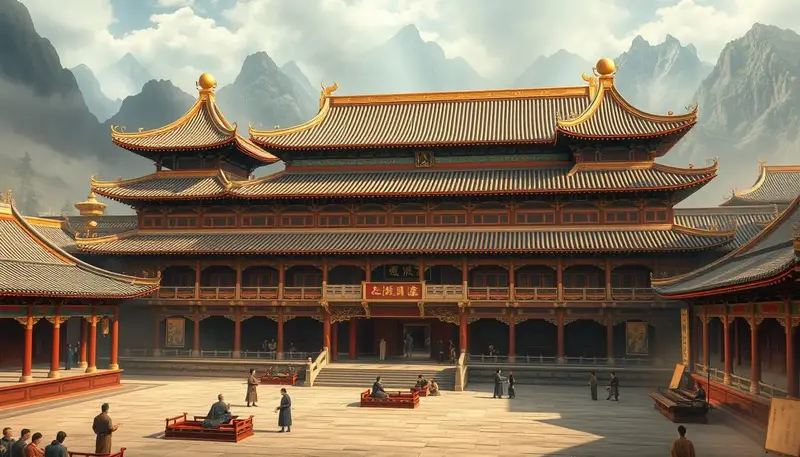
Modern-Day Relevance of Chinese Palace
Today, Chinese palaces are not only historical landmarks but also vibrant symbols of China’s cultural heritage.
Tourism and Global Recognition
Chinese palaces attract millions of tourists each year, contributing significantly to the country’s economy. The Forbidden City alone receives over 17 million visitors annually, making it one of the most visited museums in the world. The global recognition of these palaces, many of which are UNESCO World Heritage Sites, highlights their importance to both Chinese and global cultural heritage. Learn about India Gate.
Preservation and Conservation Efforts
Preserving these ancient structures is a priority for the Chinese government. Extensive restoration projects have been undertaken to ensure that these palaces can be enjoyed by future generations. The challenge lies in balancing preservation with accommodating the growing number of tourists.
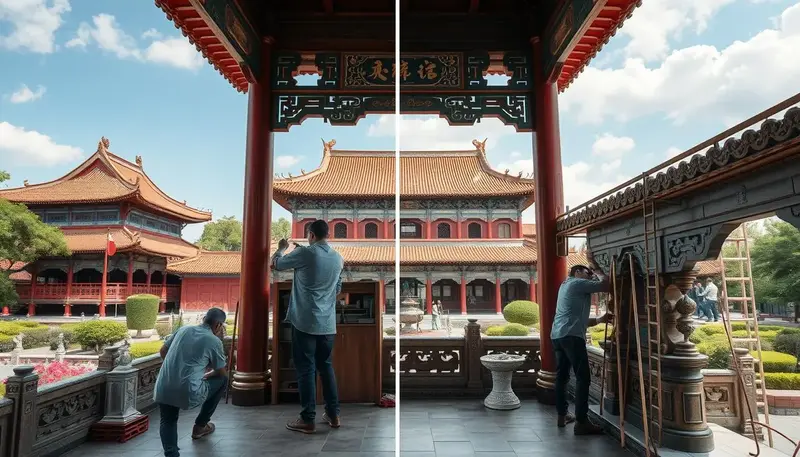
Conclusion
Exploring Chinese palaces is a journey through time, offering insights into the grandeur of China’s imperial past and its enduring cultural legacy. Whether you’re planning a visit or simply want to learn more about these architectural marvels, the story of Chinese palaces is a fascinating chapter in world history. Immerse yourself in the rich heritage of China, and let the majesty of these palaces inspire your next adventure.



